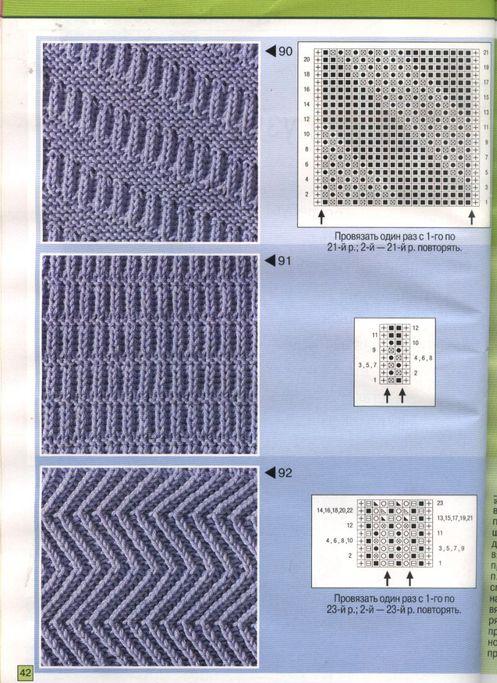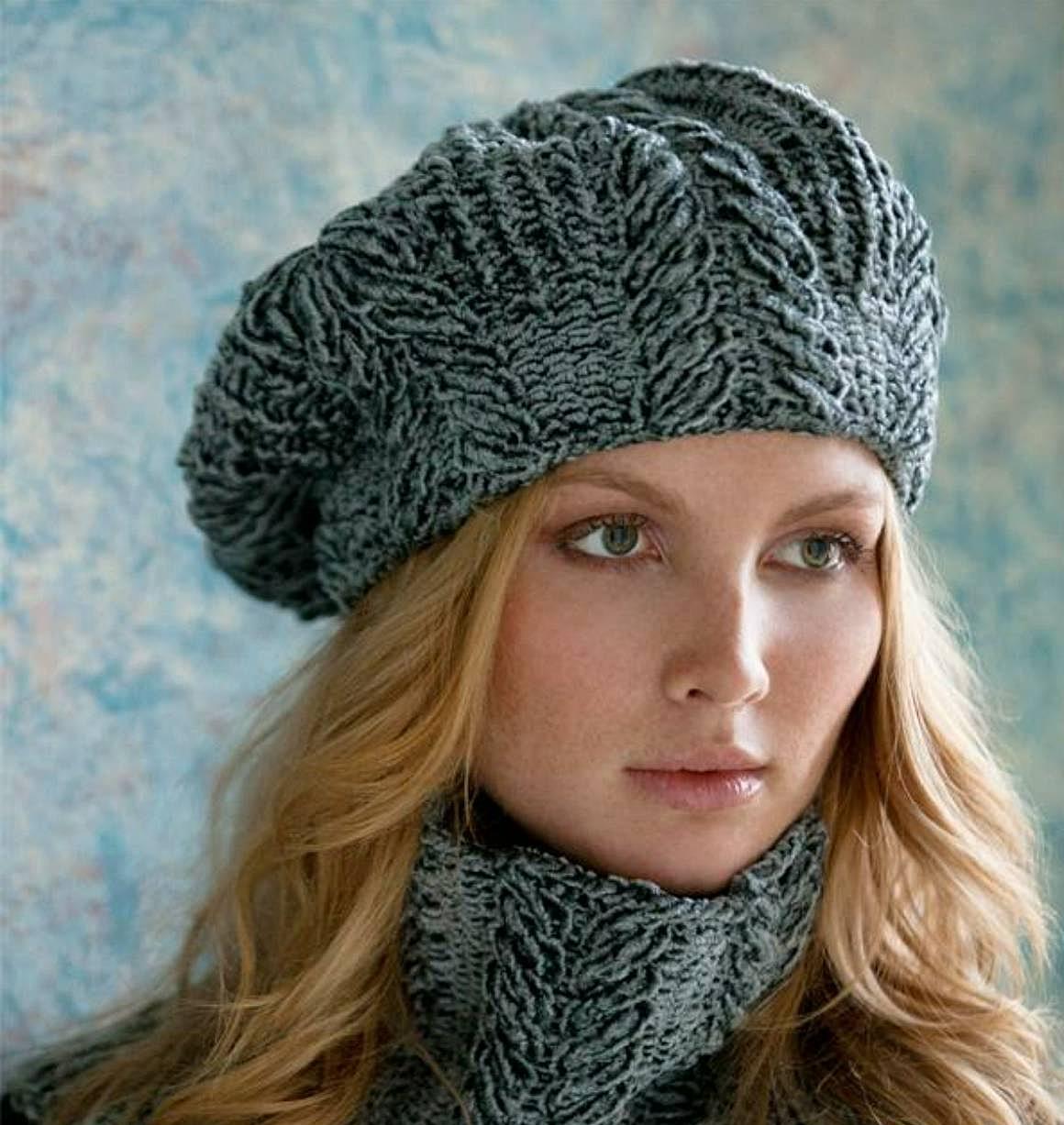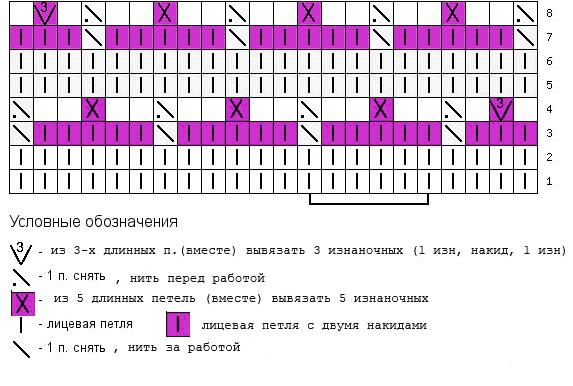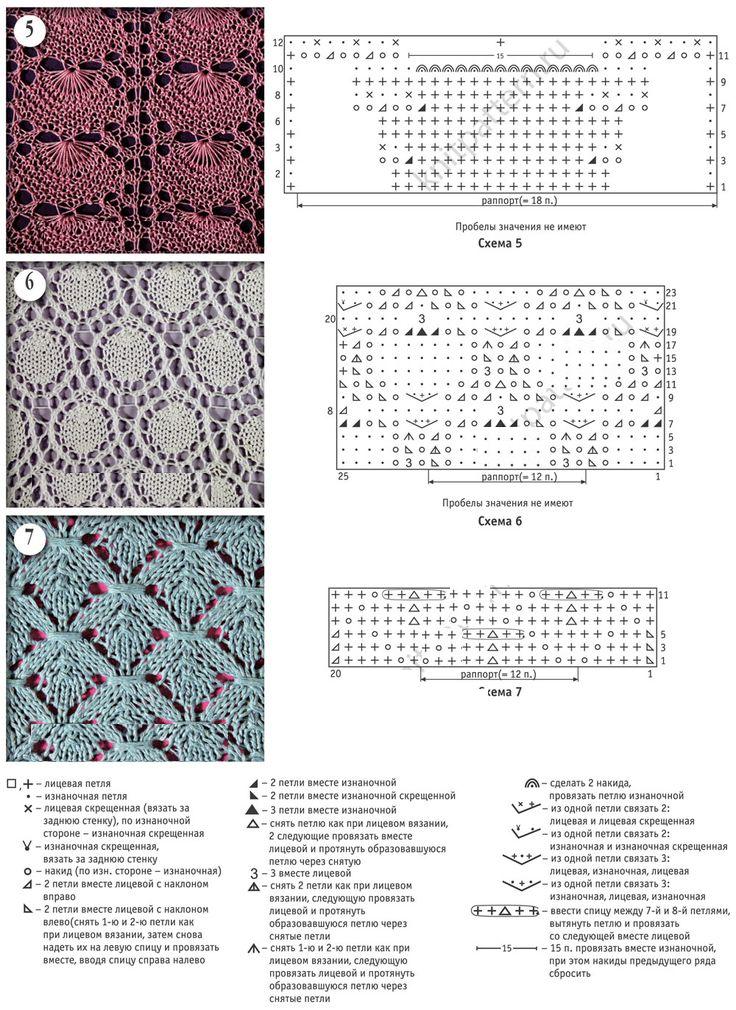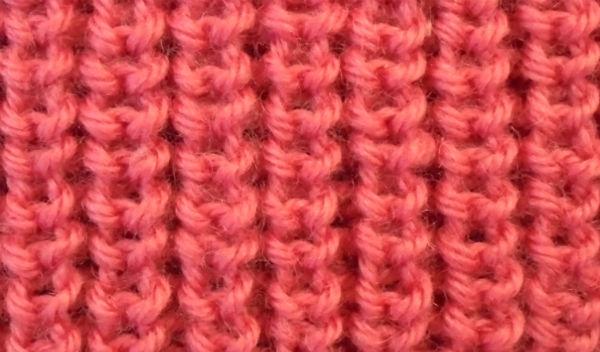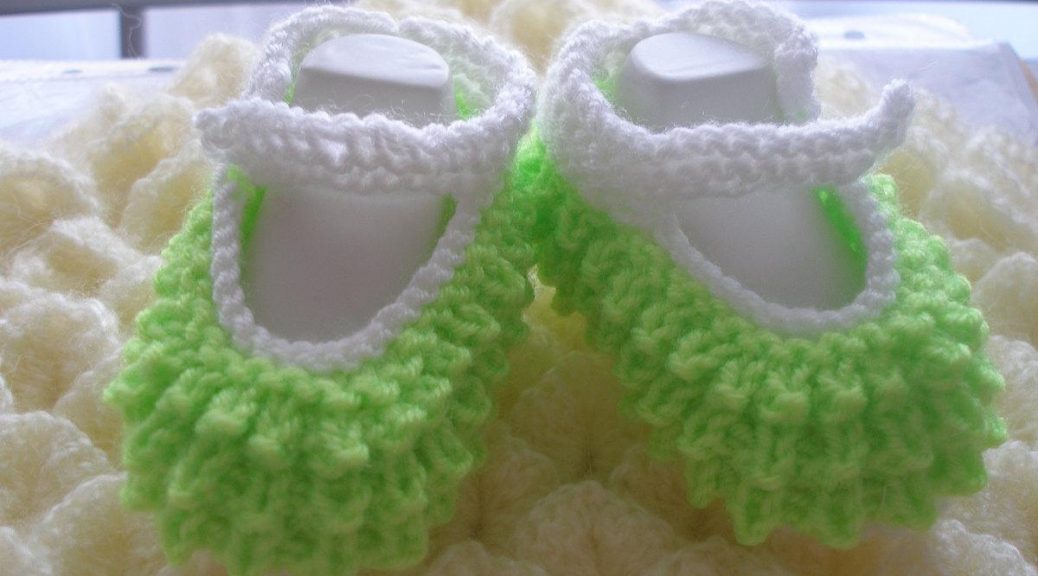
Scheme and video lessons on knitting the pattern "Corn"
Content
- We learn to knit a pattern of "corn" according to the scheme
- Video master class on knitting the pattern of "corn"
- Different variants of the "corn" pattern
- Video: The ways of knitting "Corn"
Knit models attract attention with their knitting needles,First of all, the pattern they are connected with. It is not necessary to choose a very complex intricate pattern to impress the people around with an unusual thing. Experienced craftsmen are advised to start with not complicated, but spectacular patterns. With their help you can train your hand well, and a small relief pattern will help to hide inaccuracies in work. Today our article is devoted to one of the simple but beautiful, textured and versatile drawings with spokes - "Corn".

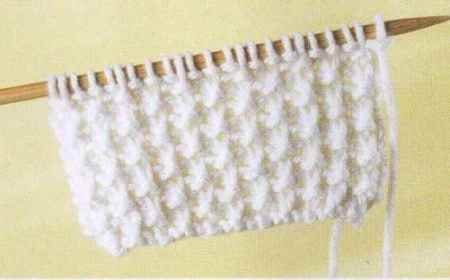

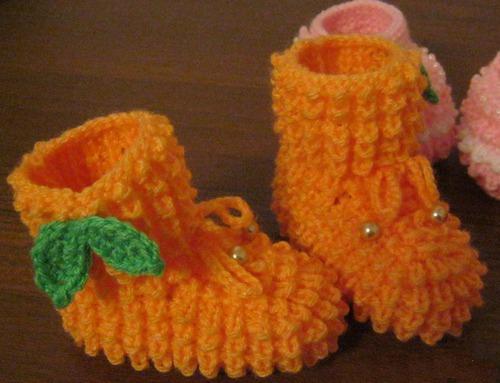
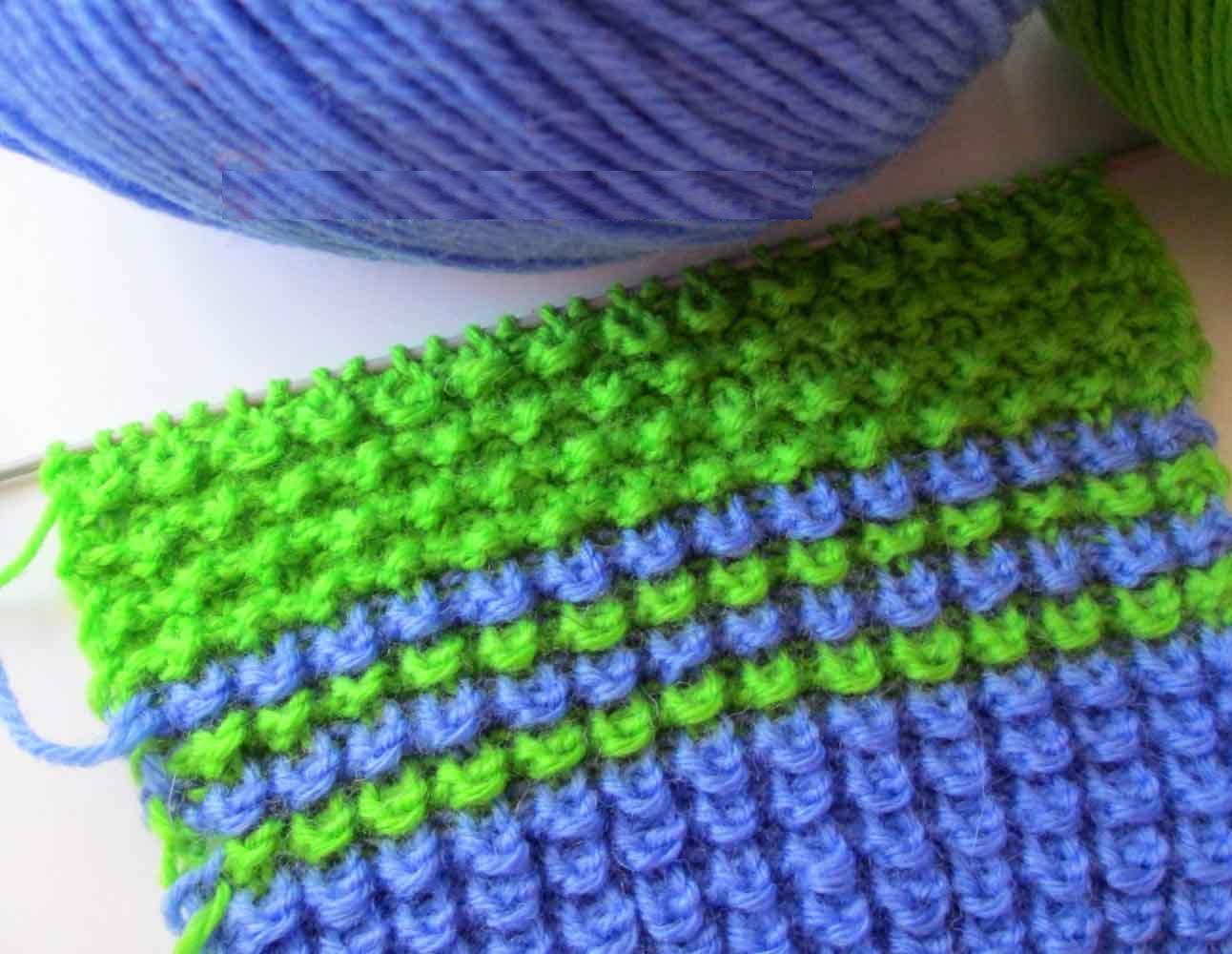
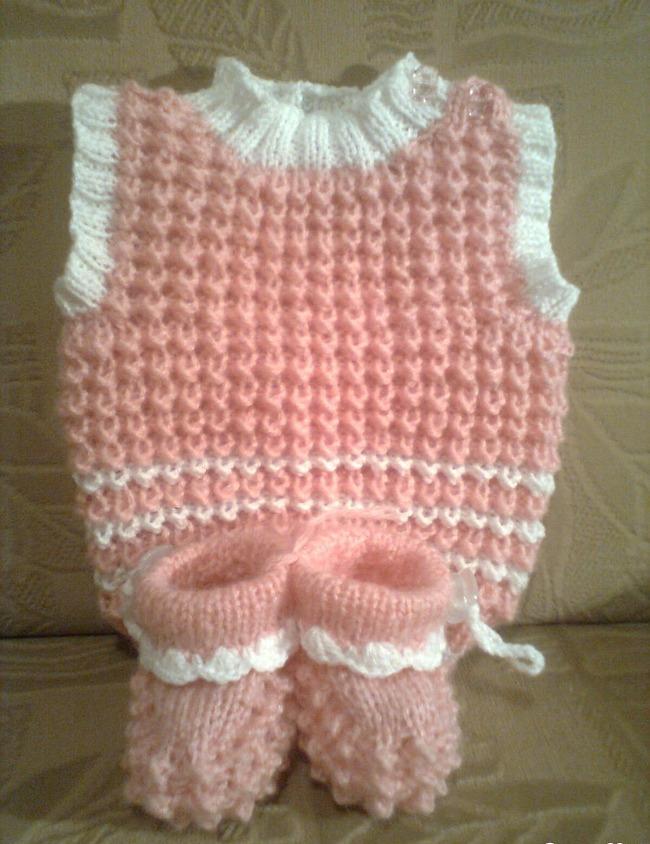
We learn to knit a pattern of "corn" according to the scheme
In addition, it is called "Hedgehog", "Nodules", "Scales". Therefore, having met any of these names, you will know what kind of drawing is at stake.
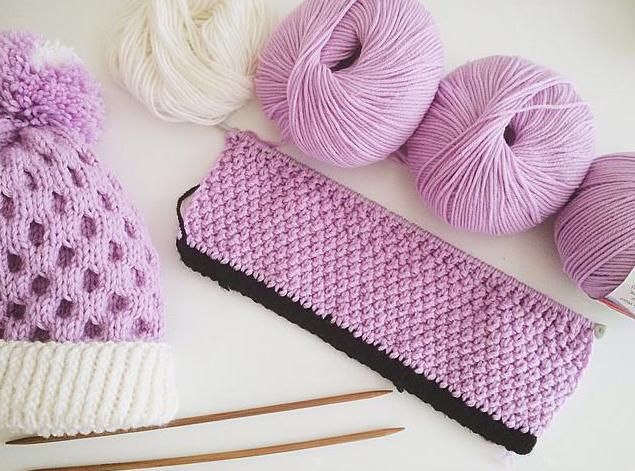
Universal "corn" has its own characteristics. First, you need to consider that the pattern appears on the wrong side of the finished fabric. Therefore, the first row will be considered to be wrong. This should be taken into account, especially when the pattern is combined in various combinations with others.
For the sample, you will need to type evenAn arbitrary number of loops. In this case, the method of dialing matches any - classic, Italian or cross-shaped. Knitting should begin after the calculation of the density, so that the model corresponds to the size. "Corn" - an unusual pattern for beginners:
The relief is formed with the help of removed loopsIn a certain way. Take them off behind the wall, for which the purl loops are usually knit. As a result, the canvas is durable, fairly dense and very effective. Rapport drawing in height consists of four rows, in which you want to remove the loop. In this case, the working thread is constantly moved behind the web or in front of it. The pattern scheme does not contain edge loops. They serve to form the edge of the product and are not taken into account in the calculation.

The pattern of "Corn" is universal in its purpose. It looks great both on models for adults, and on children's. To avoid monotony, some knitters:
- Change the thickness of yarn and spokes when knitting one product;
- Make a smooth transition color;
- Add details related to another drawing.
Before you start, you need to select the yarn andKnitting needles. This is the basis for knitted things. The picture "Corn" looks great on yarns of any thickness. But knitting with fine threads will make the drawing very small, which is not always acceptable. Beginner knitters are still better to choose the middle thread to see the pattern on the canvas well. For this purpose it is suitable:
- Acrylic yarn. It is used for knitting "corn" knitting needles of children's clothes, socks, slippers, handbags, accessories;
- Woolen, cashmere and merino. The figure looks great on the big things - sweaters, sweaters, and also on author's models;
- Mixed and half woolen thread. From this kind of yarn knit all kinds of knitting needles. The cost and quality in these options is quite commensurate.
The pattern of "corn" with knitting needles is equally easy to perform from any kind of yarn. The scheme of this interlacing is quite simple and understandable, but knitting requires proper attention and certain skills:

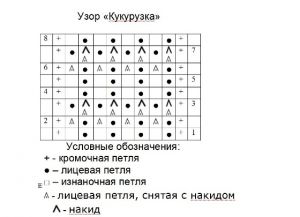
Spokes should be selected depending on the type of product. Things of small size are knitted with a pattern of "corn" with regular even knitting needles, large cloths are circular.
Video master class on knitting the pattern of "corn"
To make it easier to master a new pattern of "corn" followsWatch the video with a detailed explanation. Such a simple and intuitive drawing can be used in any combination and for knitting different products. The main thing is to choose the right yarn and allocate a little time.
Different variants of the "corn" pattern
There are several options for doing "corn" with knitting needles. Basic method:
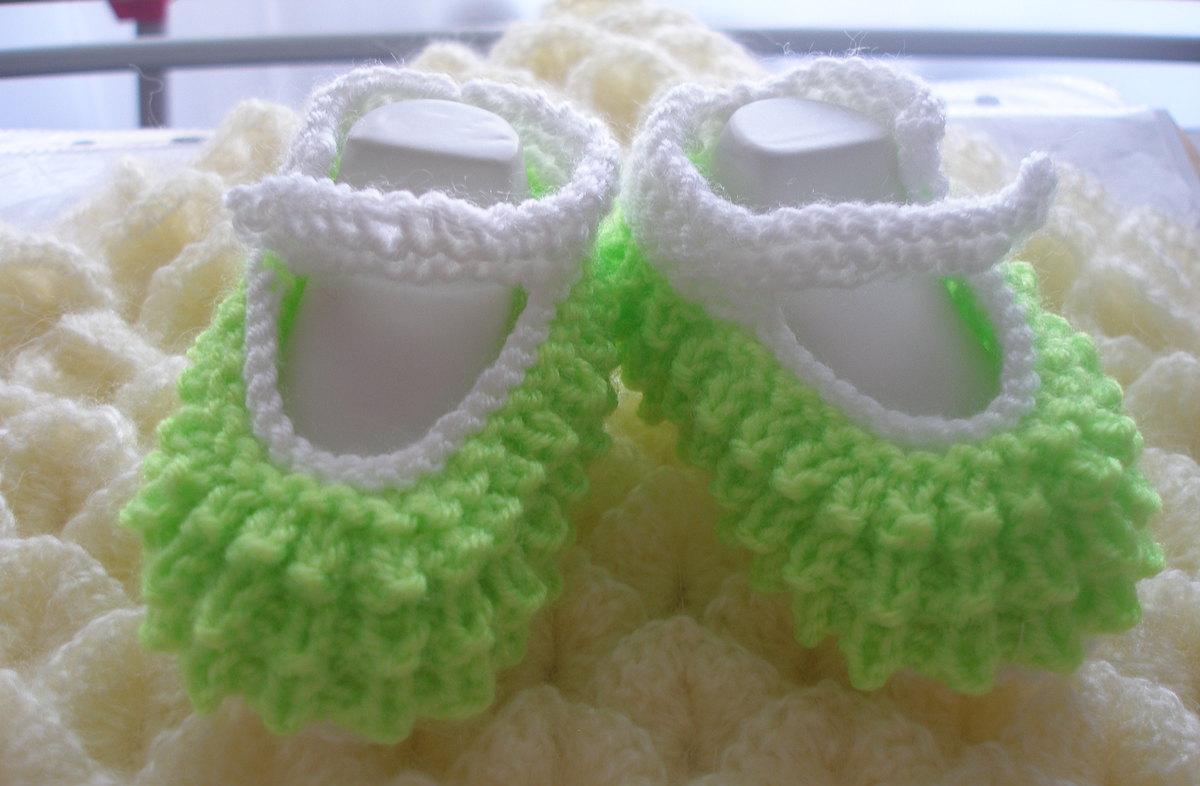
For beginners skilled workers will be convenient simplifiedVariant of "corn". It differs from the main one in that knitting is one-sided and is performed on an arbitrary number of loops. The pattern will be embossed, but working with it is much simpler:
Many knitters use the "corn" pattern asVersion of elastic. Here it is necessary to adhere to the number of loops for the set. It must be a multiple of 4 + 1 + 2 edges. There are enough loops for the sample:
